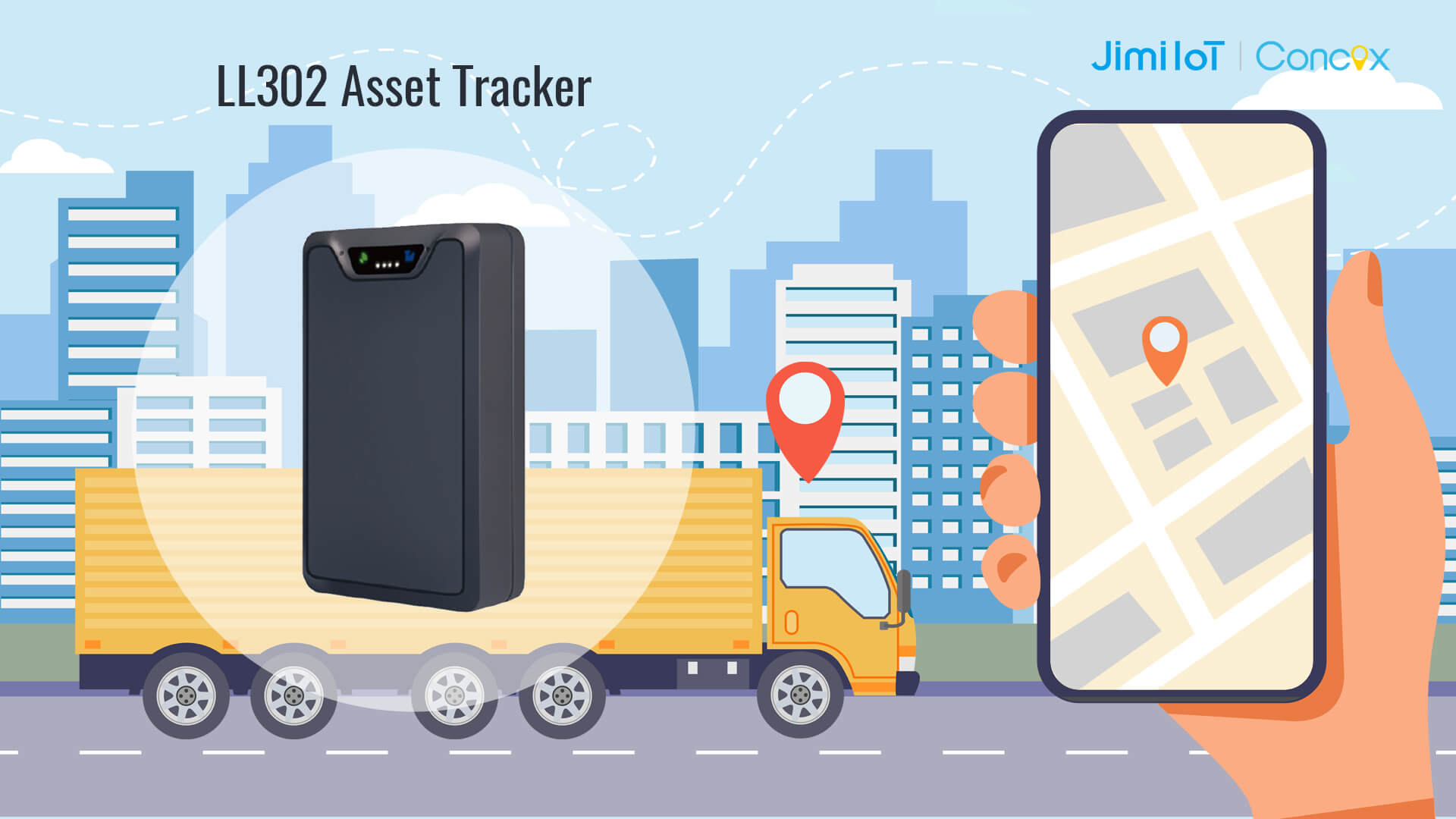An asset tracker is a tool used to monitor the movement and location of valuable assets. It is commonly used in industries such as logistics, transportation, and construction. The asset tracking system is made up of several components, including hardware, software, and sensors that work together to provide real-time information about the location and status of assets. In this article, we’ll explore the benefits of asset tracking and discuss how businesses can implement an asset tracking system.
The Importance of Asset Tracking
Assets are a critical component of any business, and asset tracking is essential to ensure their safety and efficiency. By utilizing an asset tracker, businesses can get real-time updates on the location and condition of their assets, which can be extremely helpful in preventing theft and damage. Additionally, asset tracking can help businesses optimize their operations by reducing downtime, improving inventory management, and increasing overall efficiency.
Asset tracking can also be useful in preventing equipment loss, which is a significant concern for businesses in industries that rely on high-value assets. Misplaced or stolen equipment can significantly impact a business’s financials, reputations, and operational workflows. Asset tracking can help businesses quickly identify missing assets and facilitate their recovery before they incur further losses.
Another benefit of asset tracking is streamlined maintenance schedules. By monitoring the use and condition of their assets, businesses can create an appropriate maintenance schedule that ensures equipment is serviced and repaired only when needed. This proactive approach to maintenance can increase the lifespan of equipment, reduce downtime, and save businesses money.
Asset Tracker Hardware and Software
The hardware of an asset tracker is a small device that is typically attached to the asset being tracked. It works by using GPS or cellular technology to send location updates to a central database, where users can access information about the asset. Some asset trackers also include sensors that can detect factors such as temperature, humidity, and movement, which can be crucial in monitoring the conditions of high-value or sensitive assets.

A device like the Jimi IoT asset GNSS tracker LL302 is ideal for remote monitoring of user targets. This asset tracker comes with a temperature/humidity sensor for optional peripherals to monitor temperature and humidity to understand your operations and help save money.
The software component of an asset tracking system is responsible for managing the data collected from the hardware. It can include a dashboard that users can access to view asset location, maintenance schedules, and other pertinent information. Some software also features analytics tools that can provide insights into asset utilization and optimize operations.
Choosing the Right Asset Tracker
When choosing an asset tracker, businesses should consider their unique needs and the type of assets they need to track. The following factors should be taken into consideration:
- The size and weight of the asset
- The type of asset being tracked (e.g., vehicle, equipment, container)
- The environment in which the asset will be used (e.g., outdoor, warehouse, factory)
- The desired features, such as real-time tracking or sensor integration
Once a business has identified its requirements, it can research and compare different asset tracking solutions to find the one that best suits its needs.
Implementing an Asset Tracking System
Implementing an asset tracking system involves several steps, including:
1. Identifying Assets to Track
The first step in implementing an asset tracking system is identifying the assets that need to be tracked. This can include equipment, inventory, vehicles, and other high-value items that are crucial to the business.
2. Choosing the Right Asset Tracker
Once the assets have been identified, businesses need to choose the right asset tracker that meets their specific needs.
3. Installing the Asset Tracker
The next step is installing the asset tracker on the asset being tracked. This can involve attaching the device to the equipment, vehicle, or container or integrating sensors into the asset.
The LL302 Asset Tracker comes with a strong magnetic base. Requires virtually no installation and can be easily and securely fixed to most metal surfaces.
4. Configuring the Software
Businesses need to configure the software to receive, manage and analyze the data collected from the asset tracker. This includes setting up the dashboard, setting up notifications, and other relevant settings.
5. Training Users
Finally, businesses need to train their employees on how to use the asset tracking system. This includes how to access the dashboard, how to interpret data, and how to perform maintenance tasks as needed.
Conclusion
Asset tracking is becoming increasingly important for businesses that rely on high-value assets. By using an asset tracking system, businesses can monitor and locate their assets in real-time, streamline maintenance schedules, and prevent equipment loss. However, businesses need to choose the right asset tracker and configure the software correctly to fully benefit from an asset tracking system. As more industries continue to adopt asset tracking, businesses will need to stay updated on the latest technologies to remain competitive in their respective markets.
Why JimiIoT
Jimi IoT is a global leader in innovative IoT solutions. We provide cutting-edge hardware and software tailored to enhance efficiency and connectivity. Our range of products includes advanced GPS tracking devices, asset management solutions, smart vehicle dashcams, and telematics platforms. With a focus on technological excellence and customer satisfaction, we empower businesses to optimize operations and gain valuable insights from data-driven analytics. Trust JimiIoT to drive positive change and unlock growth opportunities in the digital age.
If you would like more details, please visit Facebook, LinkedIn, INS, and Twitter pages for further information.
 EN
EN ES
ES PT
PT TH
TH VN
VN JP
JP


